
elping our children develop boldness is a dream we all share. As parents, we want the very best for our children. From early on we see our little ones develop their own unique personalities. If we have more than one child, we notice the vast differences between each child (their strengths and weaknesses). It’s amazing even when we raise our children in the same household, they still grow up with completely different characteristics.
When we homeschool, we have the gift of spending time with our children as they are developing. We take on the vast responsibility of not only giving our children the best education possible, but also raising them to have strong character and reasoning skills. It is important to us to instill independent thinking, respect, and boldness, while maintaining humility. One of the best and most important avenues to teach this is through our own example as we live our daily lives. When children see how we assimilate information, handle adversity, challenges, and even success, they learn and emulate our example. They also learn a great deal from our ability to admit our mistakes when we mess up. They are learning when they see us develop solutions to obstacles. Through our examples, we can teach our kids to develop boldness and confidence as they watch us handle day-to-day life events. When we use good reasoning skills, we pass these abilities on to our children as they grow and mature to become young adults in the next generation.

Deanne Crawford & Gina Burmeier
elping our children develop boldness is a dream we all share. As parents, we want the very best for our children. From early on we see our little ones develop their own unique personalities. If we have more than one child, we notice the vast differences between each child (their strengths and weaknesses). It’s amazing even when we raise our children in the same household, they still grow up with completely different characteristics.
When we homeschool, we have the gift of spending time with our children as they are developing. We take on the vast responsibility of not only giving our children the best education possible, but also raising them to have strong character and reasoning skills. It is important to us to instill independent thinking, respect, and boldness, while maintaining humility. One of the best and most important avenues to teach this is through our own example as we live our daily lives. When children see how we assimilate information, handle adversity, challenges, and even success, they learn and emulate our example. They also learn a great deal from our ability to admit our mistakes when we mess up. They are learning when they see us develop solutions to obstacles. Through our examples, we can teach our kids to develop boldness and confidence as they watch us handle day-to-day life events. When we use good reasoning skills, we pass these abilities on to our children as they grow and mature to become young adults in the next generation.
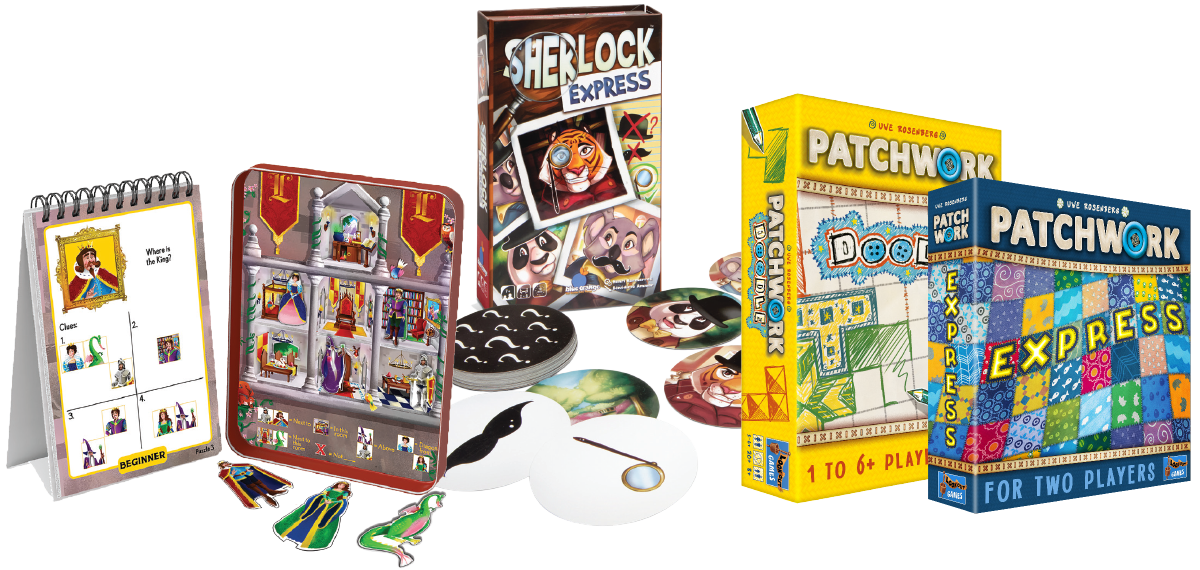
Logic Land from Brainwright uses deductive reasoning to discover where the seven magnetic characters will go in each of the seven rooms of the castle. The clues are in pictures, telling the player things like “this character is next to, above, or diagonal from this character,” or “this character is in or next to this specific room.” There are forty puzzles in varying levels of difficulty.
Sherlock Express from Blue Orange, for ages seven and up, is a simple and fast deduction game the whole family can enjoy. Players combine the given clues to figure out which characters from a “suspect pool” is the culprit. The first player to identify five suspects wins.
If you’ve admired patchwork quilting but have never attempted it, the two-player strategy game called Patchwork from Mayfair will give you an opportunity to quilt through a board game. Players race to complete as much of a quilt as possible. A series of colorful cardboard quilting fabrics (in a wide variety of sizes and shapes) is laid out on the table around a central board. Buttons are the currency and victory points of the game. Players take turns moving forward, making money, or buying patchwork pieces. The goal is to completely fill a 7×7 square on your game board. Patchwork Express, for ages six and up, is a simpler version of the game using less complex shapes and fewer rules. Patchwork Doodle Game, for ages eight and up, is yet another version featuring colored pencils and paper sheets for a patchwork quilt to be drawn in.
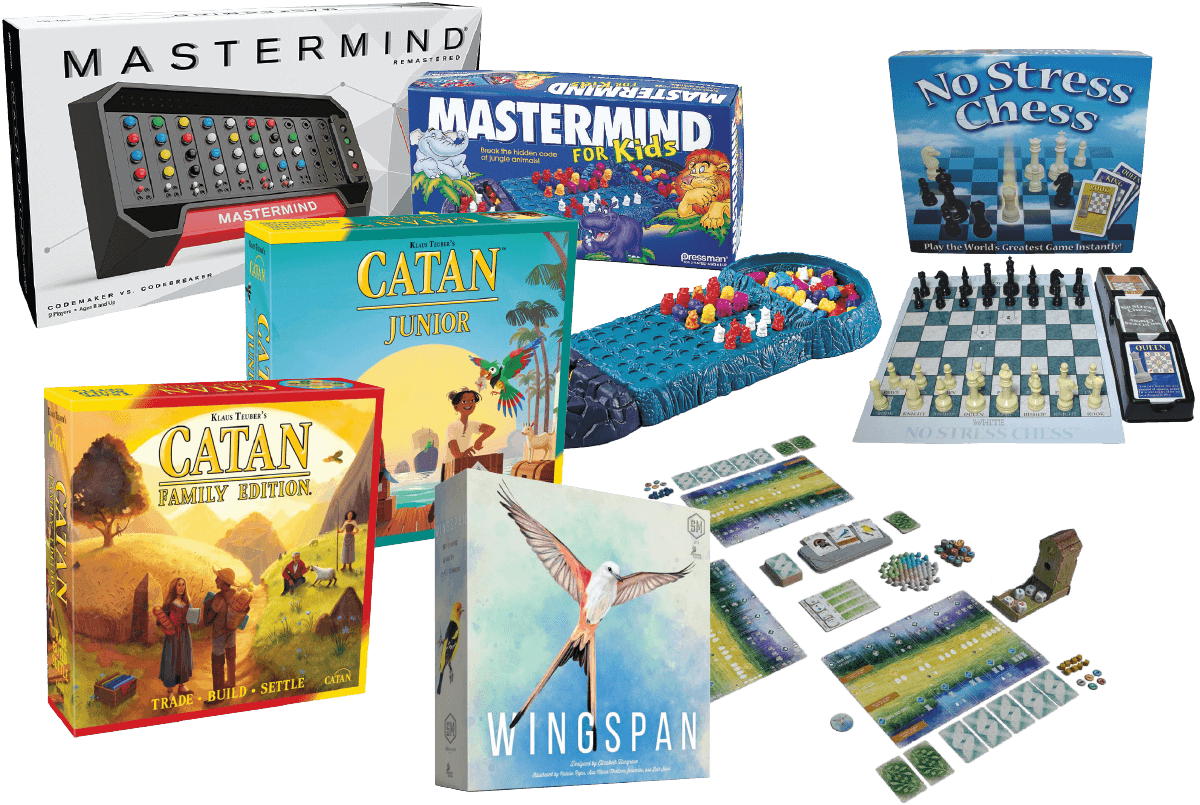
Of course, logic games would not be complete without mentioning chess. For young children just learning the game, No Stress Chess from Winning Moves Games is an easy way to introduce them to this game of strategy. It comes with a two-sided chess board and a deck of action cards, that depicts chess pieces and how they move. When you become comfortable with the moves and the chess pieces, you can flip the board over and play standard chess. For the more serious chess players, a vinyl Roll Up Tournament Chess Set from CHH Games is a nice set to have at home or take on the go. It is 20 inches long and comes with weighted tournament chessmen. The mat can be rolled up and placed in the black travel pack with an adjustable strap.
If you’re looking for a family night strategy game, Catan from Mayfair Games, for ages nine and up, is a great option. Each player settles around various resource tiles, and the game board is different every time you play. The object of the game is to be the first player to reach ten points, which are accumulated through developments like settlements, cities, having the longest road or largest army, etc. Catan Family Edition is a simpler version using limited combinations to reduce the “random” factor and also makes the game easier for kids or new players. Catan Junior is a version for children ages five and up. Players build pirate hideouts instead of settlements and cities and make ships to expand their borders. The Catan games can take anywhere from sixty to ninety minutes to play, while the junior version takes about forty-five to sixty minutes.
Wingspan from Stonemaier Games has been another favorite game that combines strategy and luck for families with older children ages nine and up. Gina recently played this with her now adult children, and it was so entertaining! Be the most successful aviary by collecting the most birds, eggs, and food in this beautiful game with over 170 illustrated bird cards and miniature eggs in a variety of colors. Players compete to develop their aviaries, and as they play bird cards, each starts a chain reaction of effects in their habitat. The winner is the player who collects the most points from birds, eggs, food, bonus cards, and goals met. The average play time is forty to seventy minutes.
Art is a wonderful means of self-expression and therefore is a great way to develop boldness. It is also a good stress reliever. When you take time for art, kids can use their creative side and have fun in the process. When Gina homeschooled, art was usually last on the list. However, it didn’t always have to be scheduled. Her kids would draw, paint, build, and color in their leisure time.
Young artists also enjoy the How to Draw Series from Dover Publications. This is an inexpensive way to learn to draw many different things, such as birds, insects, faces, flowers, and much more. There are step-by-step instructions from beginning to end, and no reading is required.
Easy Origami Kits from Djeco are a hands-on activity allowing kids to make beautiful and unique creations. The twenty-four pages (20-cm squares) are printed with different designs and have complete folding instructions. This is a great opportunity for kids to learn to follow instructions, work with their hands, and learn the engaging art of origami. Each kit features a different theme.
Stained Glass Coloring Books from Dover Publications were a big favorite at Gina’s house, and her adult daughter still loves these beautiful coloring books. She would color a picture and give it to her grandparents to hang in their window. Any type of crayon or marker will work with these translucent coloring books; however, she used metallic markers for an attractive finish.
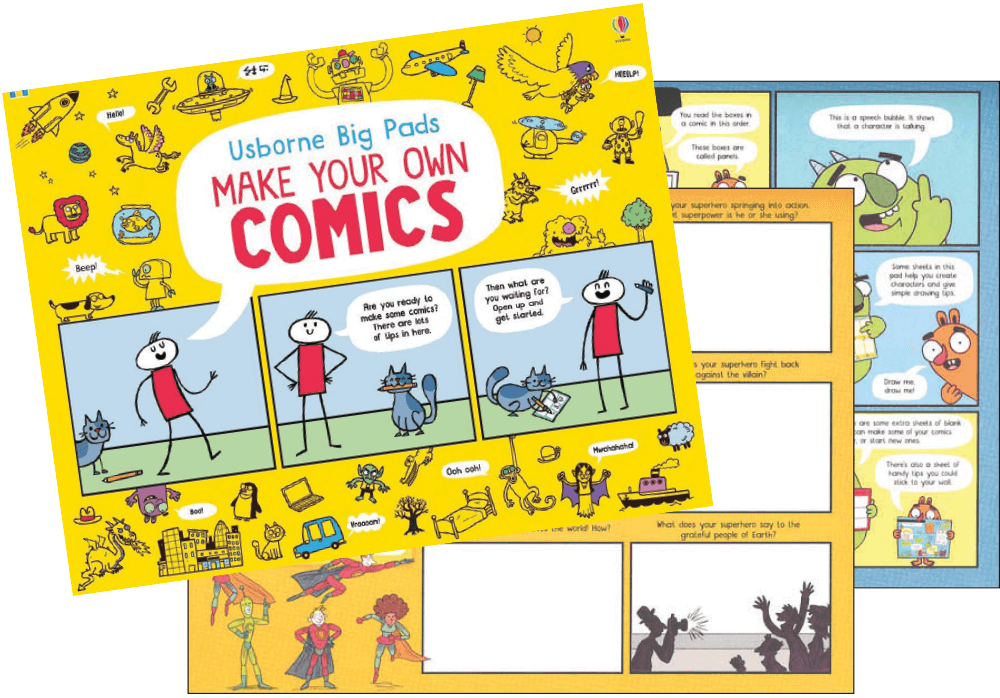
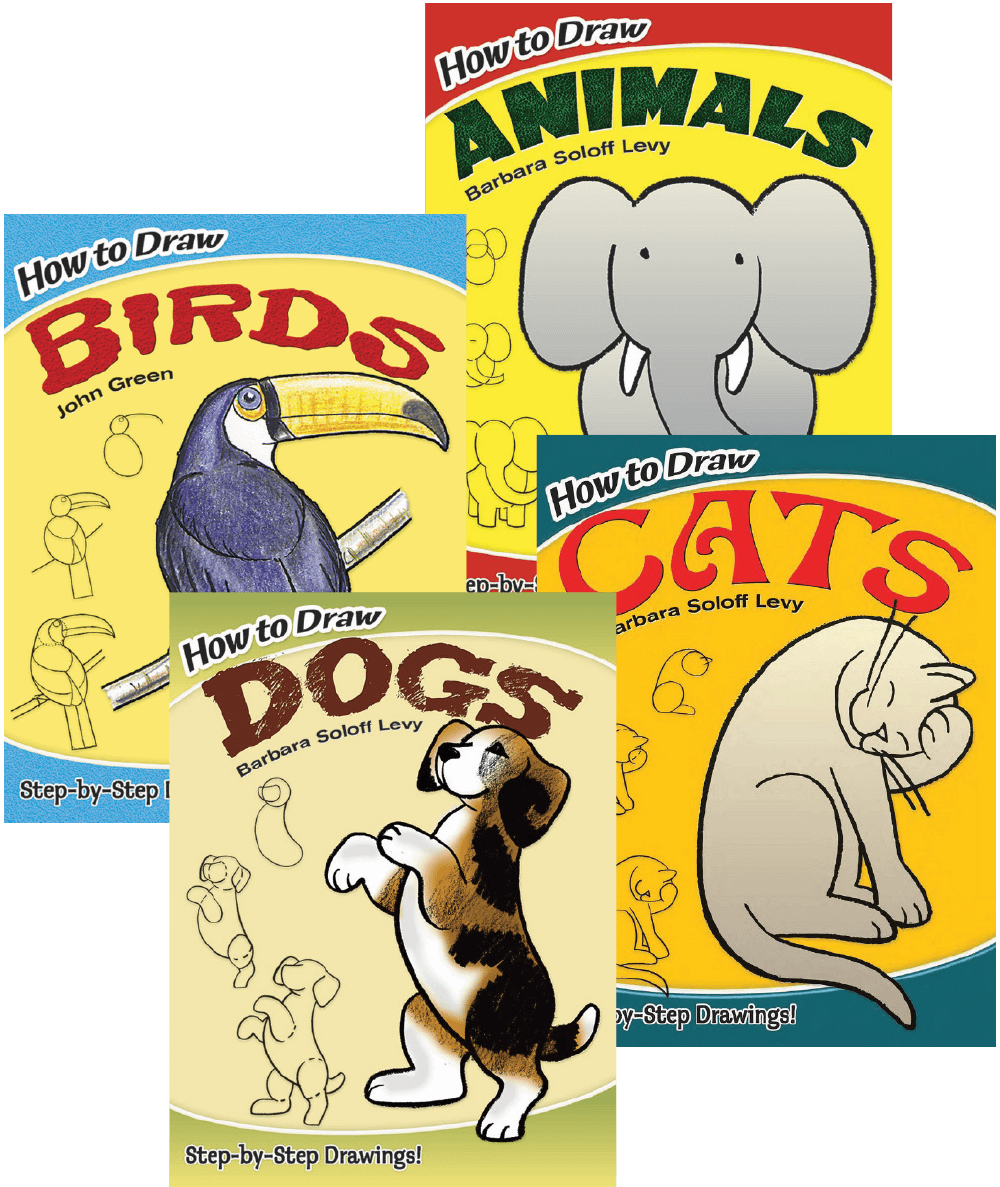

Easy Origami Kits from Djeco are a hands-on activity allowing kids to make beautiful and unique creations. The twenty-four pages (20-cm squares) are printed with different designs and have complete folding instructions. This is a great opportunity for kids to learn to follow instructions, work with their hands, and learn the engaging art of origami. Each kit features a different theme.
Stained Glass Coloring Books from Dover Publications were a big favorite at Gina’s house, and her adult daughter still loves these beautiful coloring books. She would color a picture and give it to her grandparents to hang in their window. Any type of crayon or marker will work with these translucent coloring books; however, she used metallic markers for an attractive finish.

Gina’s kids loved to learn how to juggle with Juggling For the Complete Klutz from Klutz. As a family, they enjoyed taking this newly learned skill to nursing homes to entertain the elderly. The book that comes with the bags gives step-by-step instructions showing how to toss and catch a bag in a nice arc. Slowly you can even progress to juggling four or five bags!
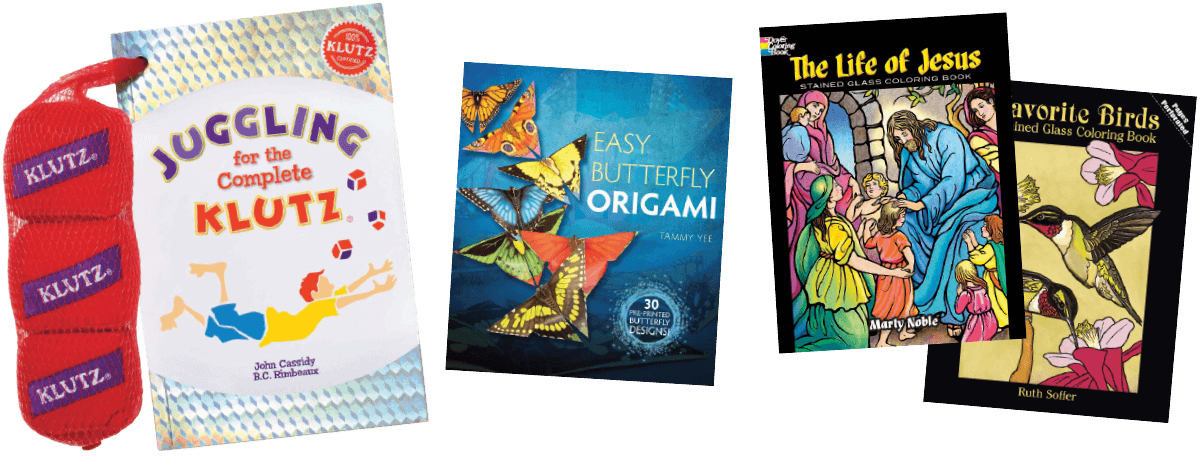
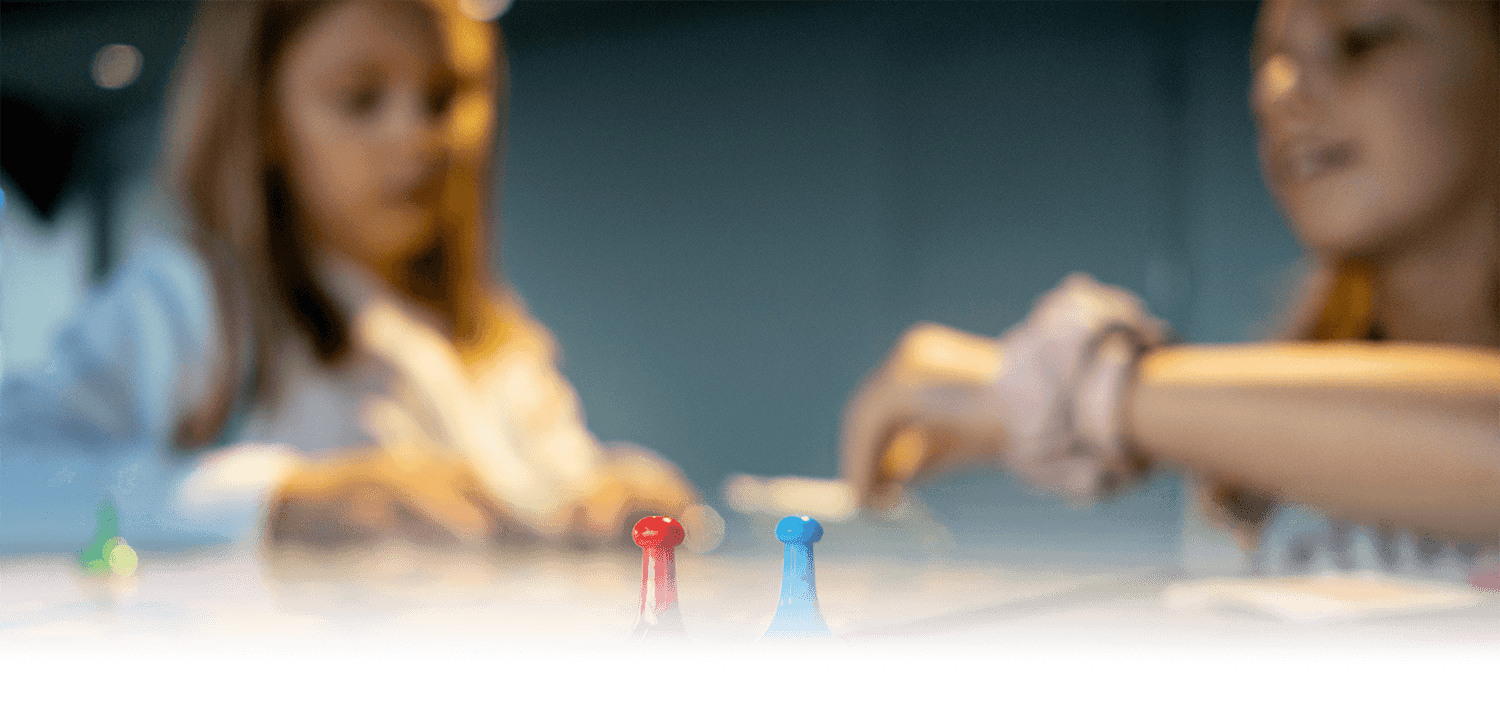
If you have ever tried your hand at rock climbing, when you get to the top you really feel a great accomplishment. Let your kids hone their skills and build their confidence with the Slacker’s Climbing Kit from b4Adventure. Turn any ordinary wall into a climber’s paradise with this set of twenty-four climbing holds (jugs, slopers, pinches, pockets, and edges) in a variety of colors and sizes.
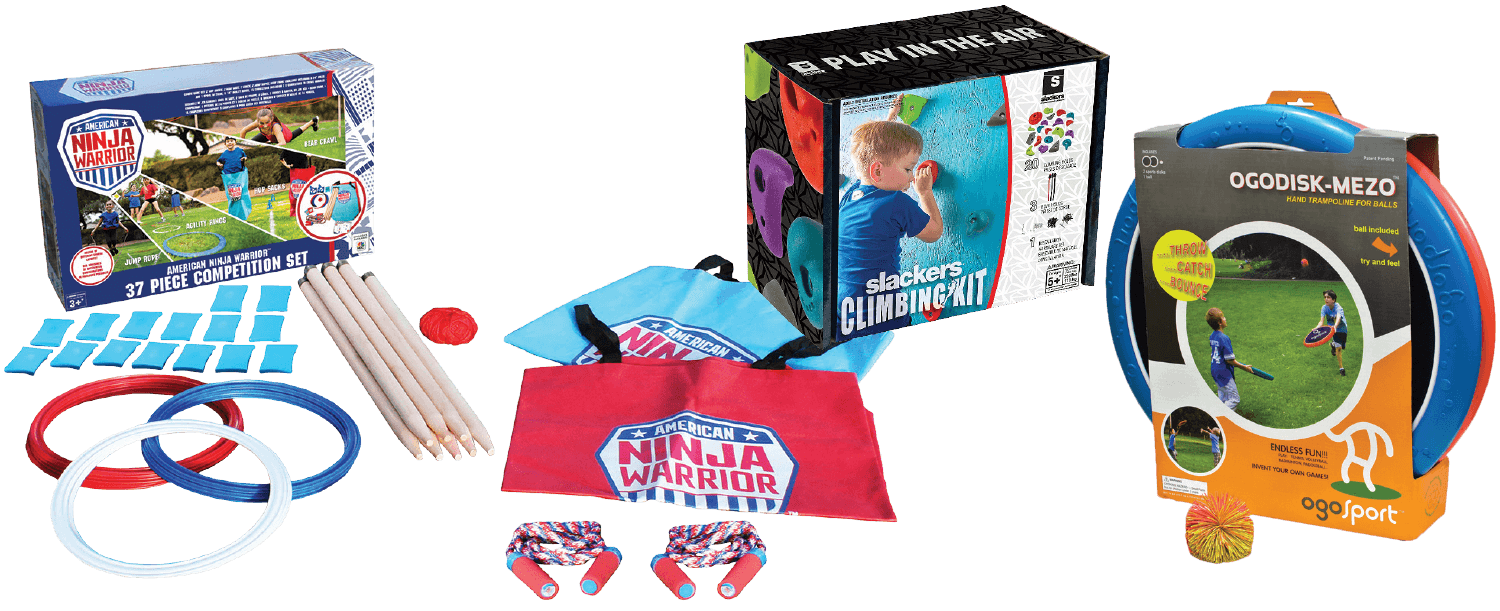
For the math-confident, we venture to say boldness is a natural outflow of confidence. But, what about the math-timid? Playing games has proven benefits in building confidence and boldness in all subjects, but especially games that weave together skill building and logic or critical thinking.
Make 7 from Goliath offers a fun twist on the classic Connect 4 game. Using a bit of strategy and basic math skills, the first one to align their colored tiles vertically, horizontally, or diagonally to make a 7 wins! Add a little creativity to the rules and use the game board and tiles to practice all your math facts. Not only do children have more opportunity to practice math, but thinking outside the box is a great confidence builder!
Older children will enjoy the challenge of Looney Lab’s Math Fluxx! We have talked about the Fluxx game variations in other issues, and for good reason. Fast-paced, ever-changing rules and think-on-your-feet strategies keep game play interesting and challenging! Playing the game can be chaotic. Shuffle the deck and deal each player three cards. The game begins with only a couple of basic rules, but new rules are added and goals changed. Different versions of Fluxx maintain the basic game play and mainly change Keepers and Goals. Using number cards as Keepers, Math Fluxx goals include playing the number of your current age or the date, along with other numbers.

Tasked with developing bigger, stronger, tougher adhesives, Dr. Silver worked tirelessly in the research labs. It was during one of his experiments, he created an adhesive that stuck lightly to surfaces but didn’t bond tightly to them. Ultimately, Dr. Silver discovered microspheres, which retain their stickiness but are easily removable from attached surfaces. While the results were not in line with what the company wanted, Dr. Silver shared his results with his colleagues for years! He knew there had to be a purpose for the peelable adhesive, he just didn’t know what, until his peer Arthur Fry reached out to him. Every Wednesday night while practicing with his church choir, Mr. Fry would use little scraps of paper to mark the hymns they were going to sing on Sunday. But when Sunday came, he found that all the papers had fallen out of the hymnal. In a moment of desperation, he reached out to Dr. Silver to see if his adhesive could help. Partnering together, they realized that not only would this light adhesive make a great bookmark, but it could also provide a way to easily communicate with other team members. And the rest is history! Personally, I love this story. What a wonderful encouragement to our children that unexpected results are not failures!
There are some easy-to-use experiment kits available that encourage children to put into practice the steps of the scientific process. HaPe International’s Junior Inventor Kits, for preschool to grade three, are destined to excite young explorers about science and engineering. Kits include necessary tools and supplies, perfectly sized for little hands! Step-by-step instructions are included. Take it to the next level, and encourage children to use the principles learned for their own independent investigations!
For the older crowd, the Just Add ______ Science and Art Activity Kits from Continuum Games encourage students to use the scientific method. Everything you need comes in the unique package, except the “Just Add” element. Glue, milk, egg, the sun, or fruits and veggies are just a few of the Just Add options. Kits include a small booklet with directions for multiple experiments but also encourage adding more or less of certain ingredients to see differences in properties of the finished product. There are also suggestions of ways to test the products and hypothesize reasons for differences. This is not a simple, nothing-can-go-wrong activity kit; students are actually encouraged to experiment using the scientific method!

Learning to speak well takes time and practice. Here are some things you can do at home to set children up for success. Junior Learning’s 50 Speaking Activities is a set of fifty double-sided activity cards for practicing speaking and listening skills from the preschool years and up. The cards cover everything from following instructions to impromptu speaking, which will give children a variety of ways to develop communication skills and set them on the path for speaking success as they grow.
The Art of Conversation Games from Ingram Publishers offers a great opportunity for practicing interpersonal conversational skills! Designed to improve conversational skills, these games have been used successfully in a wide variety of settings, from family get-togethers to business training meetings. Created for small group conversations, these also provide wonderful topics for families to practice public speaking! Each game consists of 100 cards with three questions on each (except the children’s version). The Christian version focuses on questions relating to God, Christianity, life, and faith. The questions tend to be fairly deep, so while some may be used for younger children, the Christian game is definitely focused more on older teens and adults.
Deanne’s family enjoyed studying the Summit Ministries Secrets of Great Communicators together. In this series, Jeff Myers shares six steps to help you become a great speaker. Beginning with lessons on shaping the student himself, Myers shares the effect that the ability to speak can have on one’s entire life and helps students conquer their fear of public speaking. He then moves on to teach the characteristics that shape a great speech: gaining maximum impact, reaching the heart of the audience, delivering the talk with confidence, and tips for an unforgettable speech. Every lesson begins with a story of a great communicator from history, including Billy Graham, Abraham Lincoln, and Winston Churchill. Chapters end with a speech project, complete with a helpful outline, to enable you to incorporate the skills just learned into your public speaking. The book also includes outlines for additional types of speaking, such as introducing a speaker, making a presentation to one person, and giving a eulogy. The kit includes a student text, a six-session DVD series, and a CD-ROM teaching guide for a group setting. The DVD series targets grade seven through high school, but children (and adults) of all ages will find takeaways to improve communication skills.
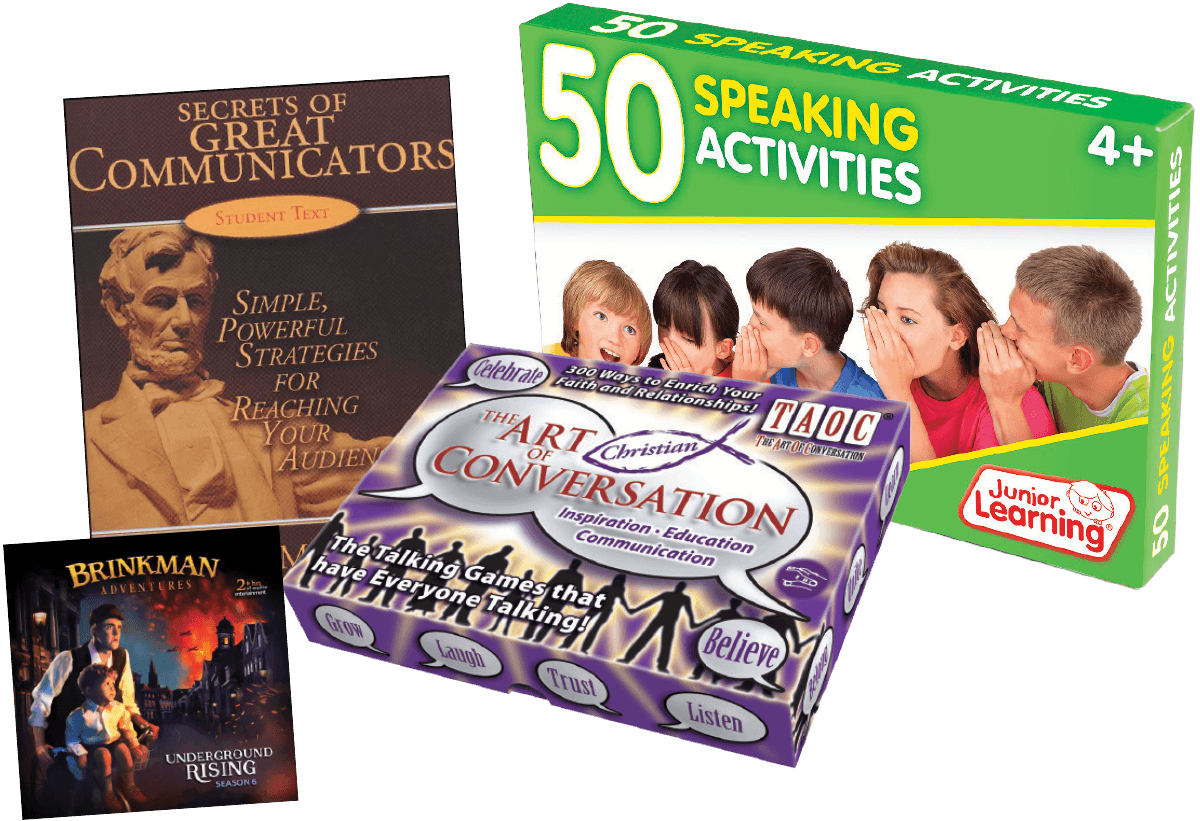
Whatever avenue you are using to teach your kids to develop boldness, strong character, and good reasoning skills, it will be well worth the time invested. Allowing your kids to discover solutions, try new things, and become independent thinkers while having fun will also help them to become the creative and unique individuals God created them to be as they continue to grow into adulthood.






